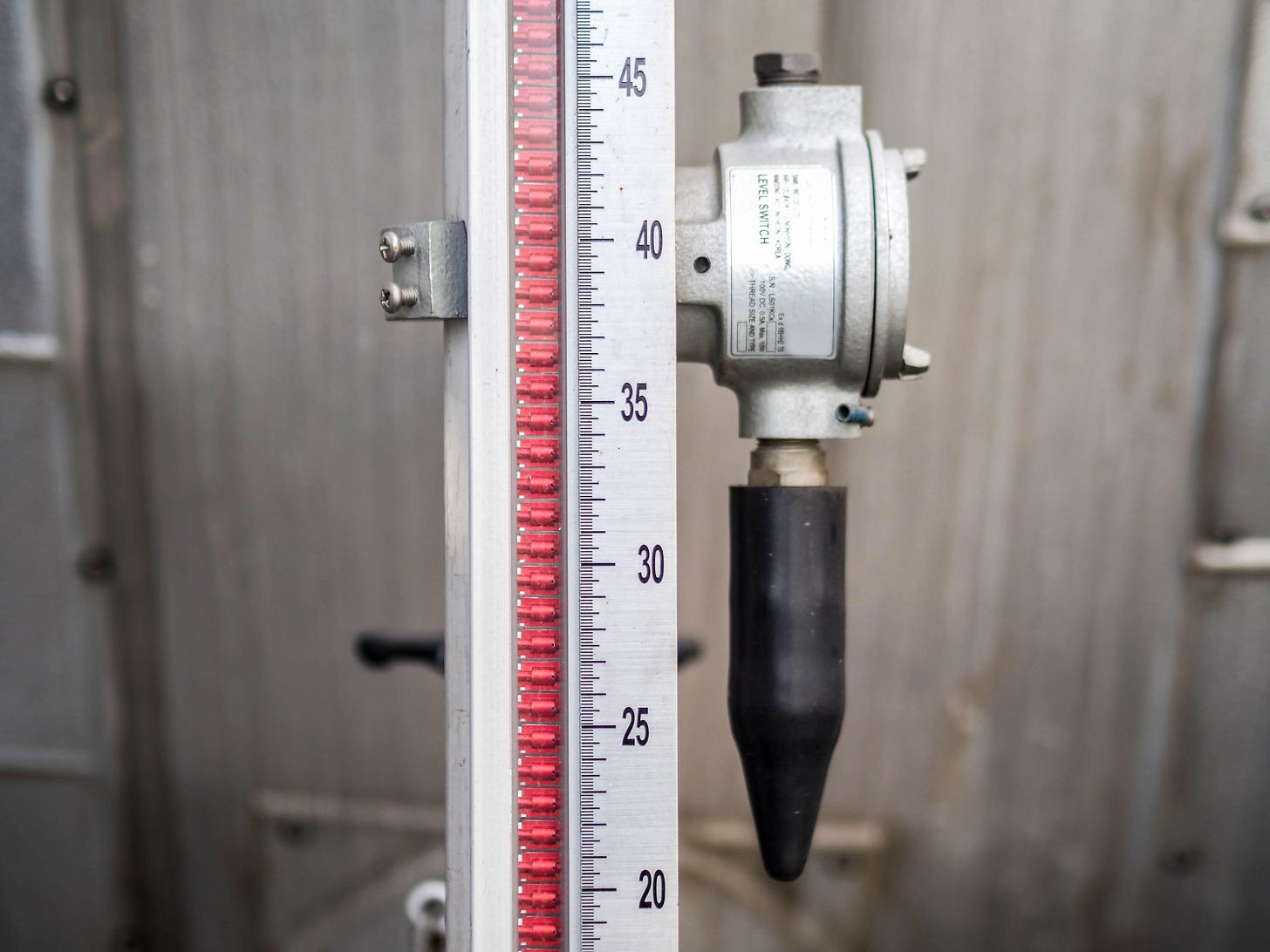Chemical Safety Board Report: Training or Instrumentation ― Which Is It?
In the year 2022 the BP-Husky refinery in Toledo, Ohio experienced a large fire in which two men died. In this series of posts we discuss the valuable lessons that we can learn from the Chemical Safety Board (CSB) report to do with that event.
Previous Posts
Posts in this series to date are:
Chemical Safety Board Report: Naphtha Release and Fire. An introduction to the CSB’s report on this accident.
Chemical Safety Board Report: A Wicked Problem. We note that the refinery had implemented standard hazard analysis procedures and practices. These included Process Hazards Analyses (PHAs), Layers of Protection Analysis (LOPA), and Safety Instrumented Systems (SIS). Nevertheless, two men died. In that post we suggest that new ways of thinking are called for. The Wicked Problem approach is one option.
Chemical Safety Board Report: Stop Work Authority. We draw a distinction between ‘Stop Work’ and ‘Stop the Process’.
Instrumentation and Training
One of the factors that led to the fire was overflow of towers and vessels. This led to the first formal CSB recommendation, which reads,
2022-01-I-OH-R1
Revise the safeguards used in the refinery’s process hazard analyses high level and overflow scenarios. At a minimum, establish effective preventive safeguards that use engineered controls to prevent liquid overfill and do not rely solely on human intervention.
This recommendation seems to require little justification. It’s a no-brainer.
Or is it?
The basic philosophy behind this type of recommendation is,
We trust our instruments more than our people.
I recall working at a facility that stored a flammable, toxic chemical in a large atmospheric API storage tank. An overflow of the tank would have created a major environmental problem and could have led to a catastrophic fire. Yet the tank had no level instrumentation of any kind ― not even a local gauge. Nada. Rien.
Instead an operator would climb the tank every hour and measure the level using a strapping gauge.
This method of operation directly contradicts the philosophy of the CSB recommendation. Yet, over many years of operation, the tank had never overflowed.
One reason for the safe operation was that everyone knew how important it was to check the level. Therefore, having an operator conduct a visual check provided that necessary level of security. No one ever forgot. Nor was management relying on instruments that could fail.
This dilemma has another dimension. We install sophisticated instrumentation to ensure that our facilities run smoothly. But, when things do go awry, we expect the operating personnel to take care of a confusing, never-seen-before situation ― a situation where failure to respond correctly, under intense pressure, in real time could lead to a fatality. But, because of the instrumented controls, those personnel may not have had the hands-on experience needed to respond properly.
So here we have a conundrum.
Many PHA reports stress the need for more and better training, and also improved instrumentation. Which is it? To say ‘both’ is somewhat disingenuous. Which receives priority ― training or instrumentation? Which approach could have been the most effective in preventing the BP-Husky fire?






